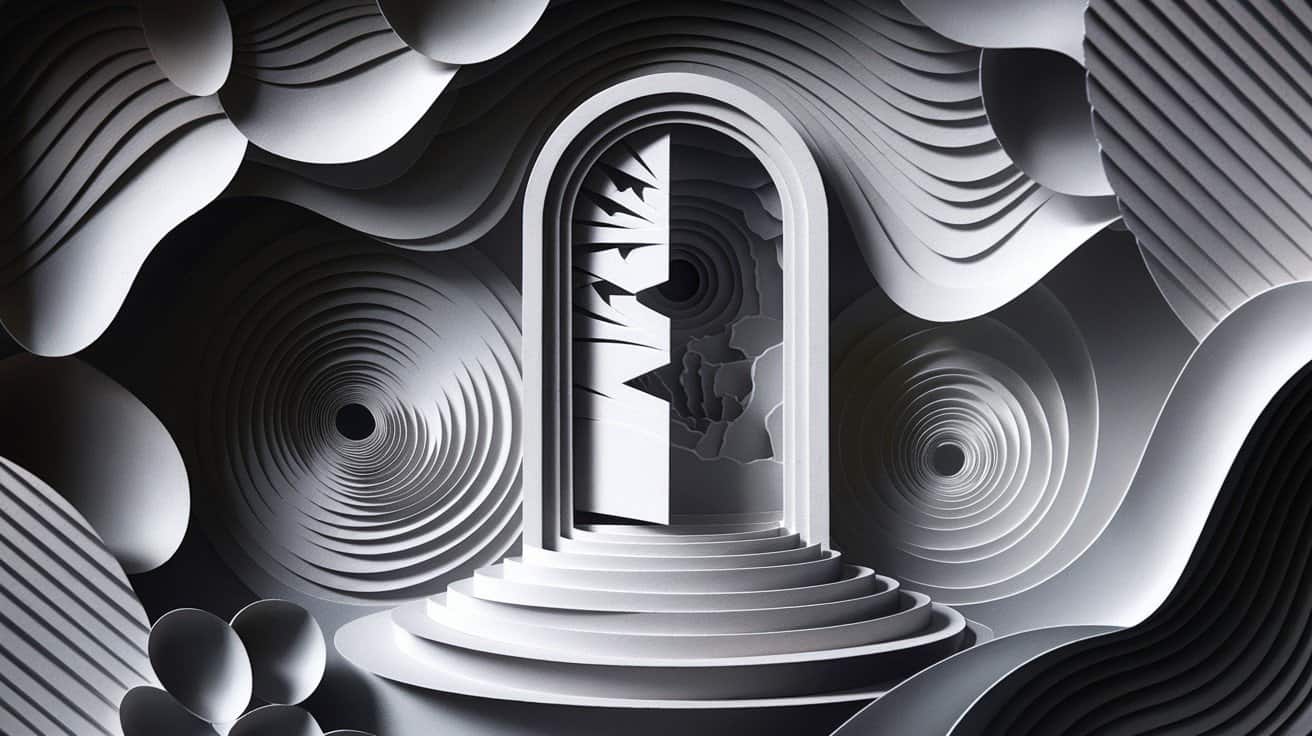I remember the first time I encountered someone struggling with depressive psychotic disorder. The look in their eyes – a mix of profound sadness and disconnection from reality – told me this was something far beyond typical depression. It’s a complex condition that affects approximately 1 in 100 people, yet remains widely misunderstood.
If you or someone you love is experiencing symptoms that seem to blur the line between depression and reality, you’re not alone. Understanding depressive psychotic disorder – a severe form of depression accompanied by breaks from reality – is the first step toward finding help and hope.
What is Depressive Psychotic Disorder?
Depressive psychotic disorder, also known as major depressive disorder with psychotic features, occurs when severe depression intersects with psychosis. Think of it like a storm where two weather systems collide – the heavy rains of depression meet the swirling winds of psychotic symptoms, creating something more intense than either condition alone.
The experience can be terrifying and isolating. Sarah, a former teacher I worked with, described it as “being trapped in a dark room where the shadows come alive. ” Her depression told her she was worthless, while her psychosis made her believe others could hear her thoughts. During these moments, even the simplest tasks felt insurmountable, as if she were wading through molasses. The world outside her window appeared vibrant and alive, yet she felt like a ghost, haunting the edges of her own life. It was in these depths that she began grappling with understanding existential dread, questioning her very purpose and the reality surrounding her. As she navigated these tumultuous waters, Sarah discovered that grappling with her thoughts could lead her to a deeper understanding of herself and the world around her. In her search for clarity, she found solace in finding meaning in spiritual journeys, exploring various philosophies and practices that offered her a sense of connection and purpose. With each small breakthrough, the shadows began to recede, and she slowly learned to embrace the complexity of her existence, inching closer to the light she once thought was lost forever.
Unlike typical depression, this condition includes breaks from reality in the form of:
- Hallucinations (seeing, hearing, or feeling things that aren’t there)
- Delusions (fixed false beliefs)
- Disorganized thinking
- Disconnection from reality
Recognizing the Signs and Symptoms
The signs of depressive psychotic disorder can be subtle at first, like pieces of a puzzle that don’t quite fit together. Beyond the typical symptoms of severe depression, watch for:
- Hearing voices that others don’t hear, often critical or condemning
- Seeing things that aren’t there
- Having strong beliefs that don’t match reality
- Feeling unusually suspicious or paranoid
- Withdrawing from friends and family
- Struggling to distinguish what’s real from what isn’t
I’ve seen how these symptoms can creep in gradually, almost imperceptibly at first. One client described it as “watching the world slowly shift out of focus” while everything familiar became strange and threatening.
Getting Help and Finding Hope
The good news is that depressive psychotic disorder is treatable. Modern approaches combine medication, therapy, and support systems to help people recover and rebuild their lives. Treatment usually involves:
- Antidepressant and antipsychotic medications working together
- Individual therapy to process experiences and develop coping strategies
- Family education and support
- Sometimes brief hospitalization for safety and stabilization
Recovery is possible – I’ve witnessed it firsthand. With proper treatment, many people return to their lives, careers, and relationships. The key is recognizing the signs early and seeking professional help promptly.
Taking the First Step
If you’re experiencing symptoms of depressive psychotic disorder, please know that you’re not “crazy” and you’re not alone. This is a recognized medical condition that requires and deserves professional care.
Don’t wait to reach out for help. Talk to a mental health professional or your doctor. If you’re having thoughts of harming yourself, contact emergency services or call the National Suicide Prevention Lifeline at 800-273-8255.
Remember Sarah? With treatment and support, she found her way back to teaching and now helps others understand mental health challenges. Your story of recovery is waiting to be written too.
The journey through depressive psychotic disorder can feel overwhelming, but there is hope and help available. You don’t have to face this alone. Take that first step toward healing today – reach out to a mental health professional who can guide you toward recovery.
Have you or someone you know experienced symptoms that might be related to depressive psychotic disorder? What has your journey been like? Share your story in the comments below, or reach out to a mental health professional to start your path to healing.


